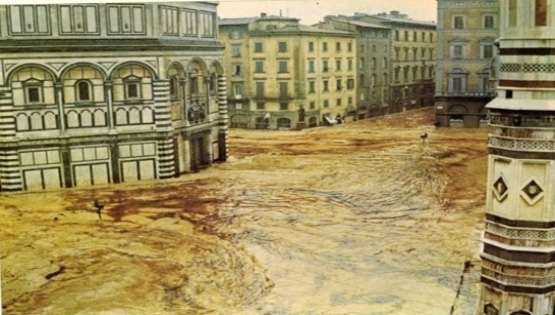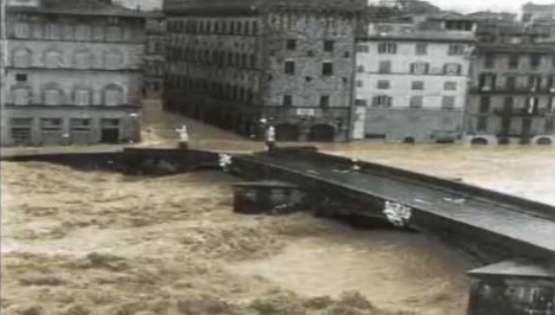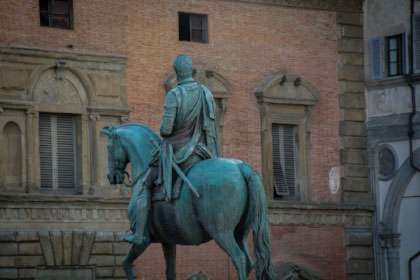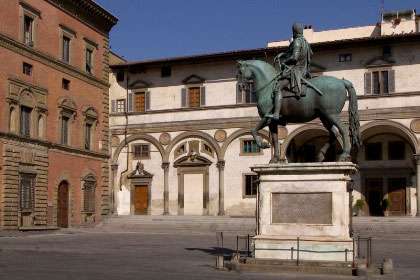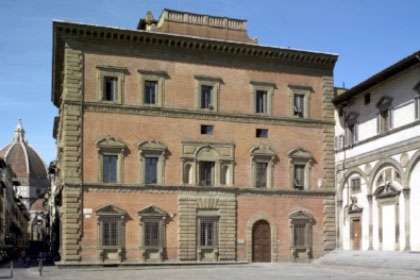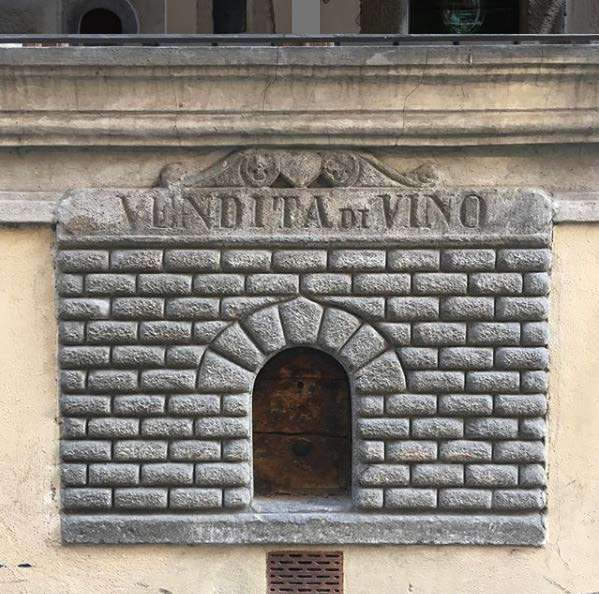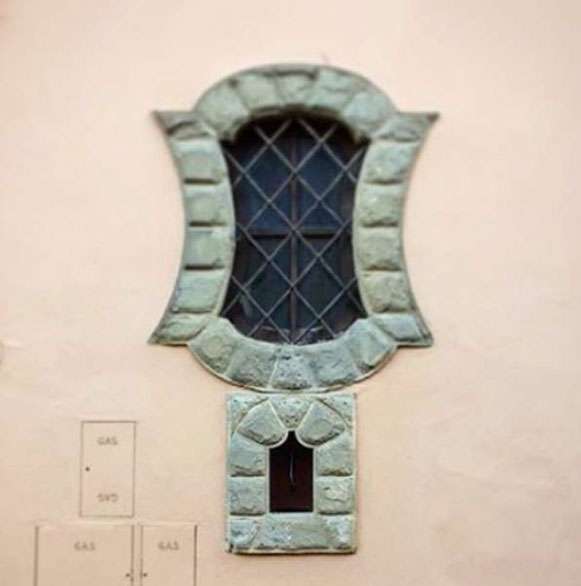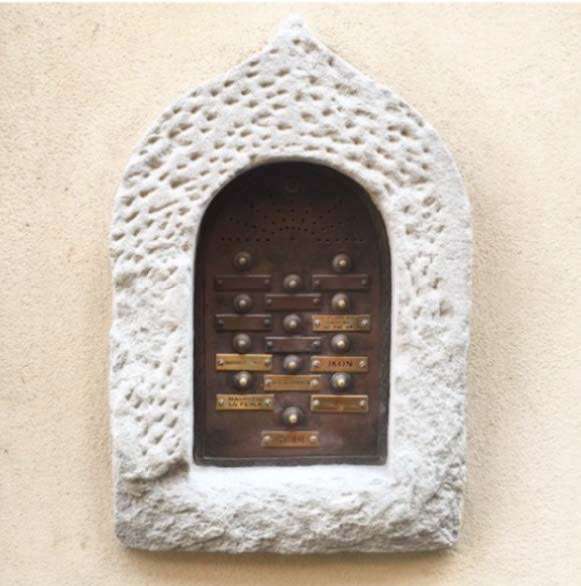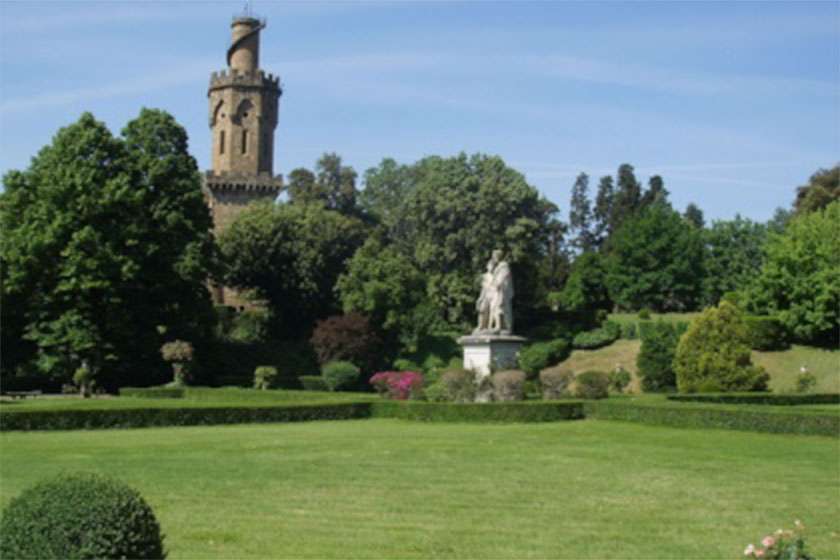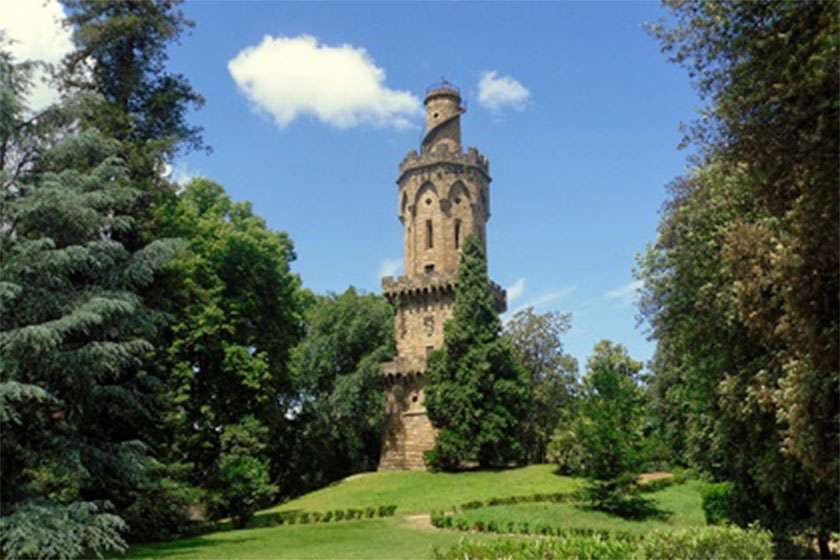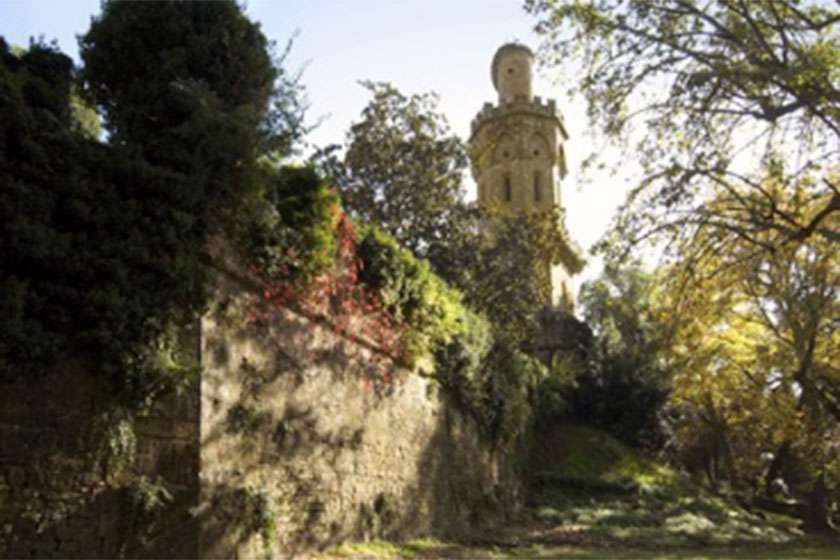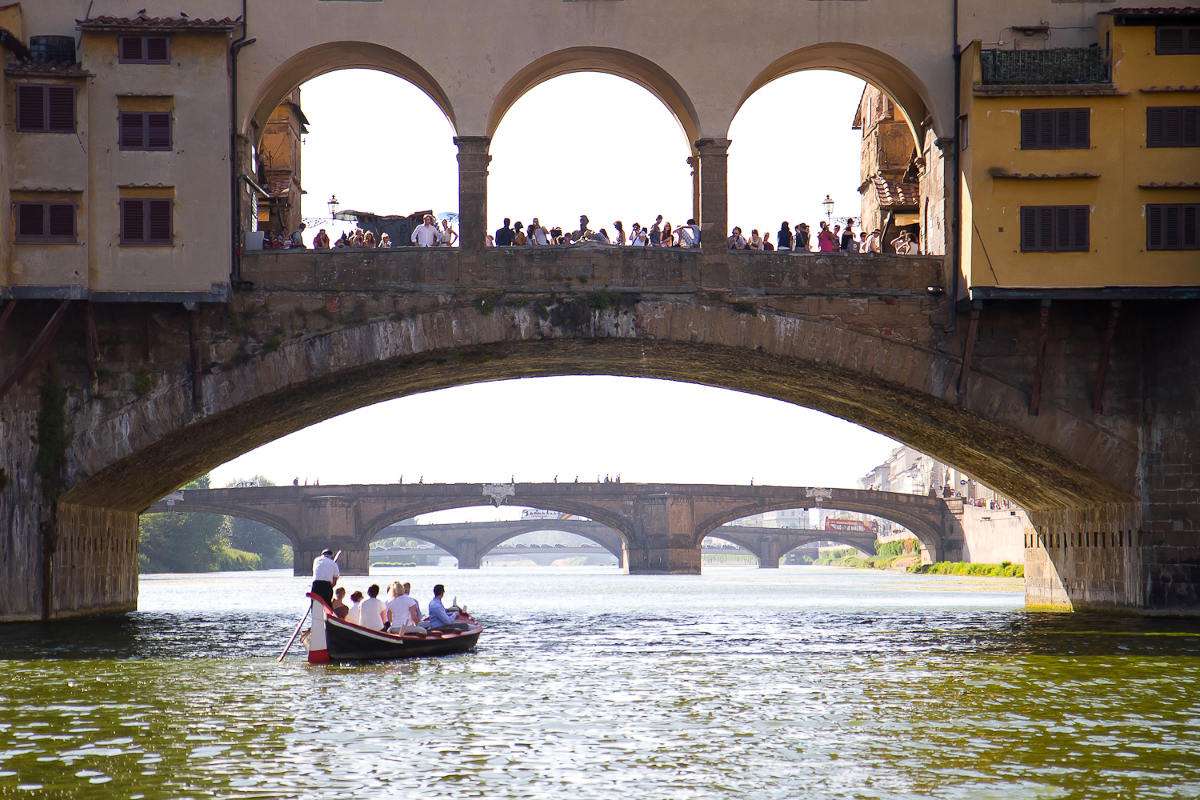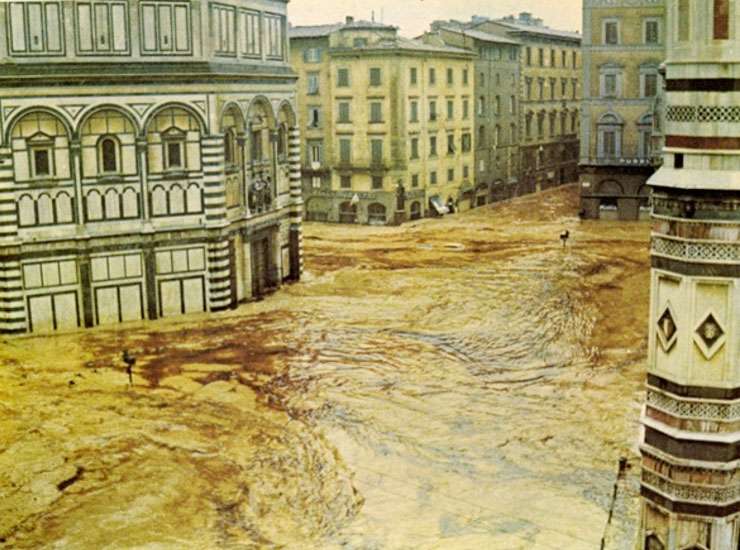
In the early morning of November 4th 1966, the Arno River broke over its banks and flooded Florence, devastating the Renaissance city’s artistic and historical treasures.
Approximately 600,000 tons of mud, rubble and sewage submerged Florence. It is estimated that 14,000 movable works of art and 4 million books and manuscripts were damaged.
Churches, museums and libraries, all filled with works of art, were inundated with mud, some to a height of more than 3 meters.
In the centre, the first part affected was the area nearby the Santa Croce Church, then the river broke also the left bank flooding the Oltrarno quarter. By 9 am the water reached the Duomo. Luckily, being November 4th a National holiday, many people were out of the city or at home and thus were not hit by the water while at work or walking on the streets.
Young people, arriving from across the continent, immediately began showing up to help. They became known in Florence as the “angeli del fango” (the Mud Angels).
Ted Kennedy, brother of John Fitzgerald and, at the time Senator of the United States of America, made a plea to mobilitize people to support Florence.
With the combined effort of hundreds of Italian and foreign volunteers, many invaluable pieces of art, submerged by the mud, have been rescued.
From a cultural standpoint, the most significant damages occurred to the Biblioteca Nazionale Centrale (National Central Library), located on the river side nearby Santa Croce Church, and to the underground warehouses of the Uffizi Gallery.
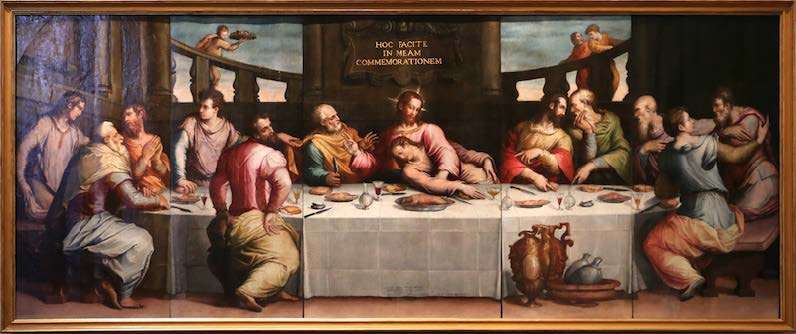
In 2016, for the 50th anniversary of the flood, the reinstallation of Vasari’s Last Supper (1546) was finally unveiled at the Museum of the Opera of Santa Croce.
This five-panel painting, that was immersed in water for almost 12 hours, is possibly the most famous work to have be severely damaged and saved.

